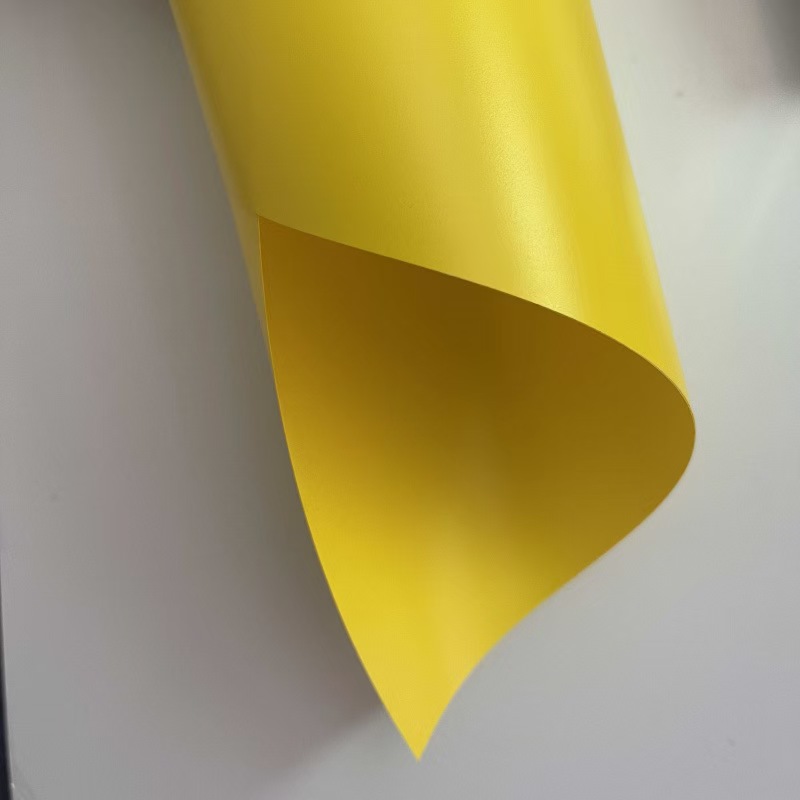New Fire-Resistant Materials and Their Potential to Replace Traditional PP Flame Retardants
The flame retardant market has long been dominated by materials like PP flame retardant boards due to their excellent fire resistance and insulating properties. However, with the growing need for more sustainable solutions, new materials such as ceramic-coated silicone are emerging as potential replacements for traditional flame retardants. This article explores the role of these new materials and their potential to disrupt the market.
1. The Challenges of Traditional PP Flame Retardants
Polypropylene (PP) flame retardant boards have been a popular choice due to their ability to withstand high temperatures and provide effective insulation. However, these materials are derived from non-renewable resources, raising concerns about their environmental impact. As the world moves toward greener solutions, the demand for bio-based and eco-friendly alternatives is on the rise. PP flame retardant boards, while effective, are increasingly being scrutinized due to their environmental footprint.
2. The Emergence of Ceramic-coated Silicone
Ceramic-coated silicone is an innovative material that combines the heat resistance of ceramics with the flexibility and durability of silicone. This combination offers superior fire resistance compared to traditional PP flame retardants. Ceramic-coated silicone materials can withstand high temperatures, making them ideal for industries such as aerospace, automotive, and electronics, where extreme fire resistance is required. Additionally, the material is more environmentally friendly and can potentially replace PP flame retardants in certain applications.
3. Bio-based Flame Retardants: The Green Alternative
Bio-based flame retardants are derived from renewable resources, offering a sustainable alternative to traditional PP flame retardants. These materials are biodegradable, non-toxic, and pose a minimal environmental impact. The rise in demand for environmentally friendly materials has fueled interest in bio-based flame retardants, especially in sectors like electronics, automotive, and construction. While bio-based materials are still in the early stages of development, they hold the potential to replace traditional PP flame retardants in the long term.
4. The Challenges Facing Bio-based Flame Retardants
While bio-based flame retardants offer promising environmental benefits, they face significant challenges in terms of performance and cost. For example, bio-based materials may not always provide the same level of fire resistance as traditional PP flame retardants. Additionally, the production costs of bio-based materials can be higher, which may make them less attractive to manufacturers. Furthermore, scalability and mass production of bio-based flame retardants remain a challenge.
5. The Future of Flame Retardant Materials
The future of the flame retardant market lies in the development of sustainable, high-performance materials. Bio-based flame retardants and ceramic-coated silicone are two potential alternatives that could replace traditional PP flame retardants. However, the path to widespread adoption will require overcoming challenges related to performance, cost, and scalability. As industries continue to prioritize sustainability and environmental responsibility, the demand for these new materials will increase, creating opportunities for innovation in the flame retardant market.
READ MORE:
- The Future of Fire-Resistant Materials: Bio-Based Flame Retardants and Ceramic-Silicone Composites
- New Fire-Resistant Materials: Ceramic-Silicone Composites and Their Potential
- The Challenges and Potential of Bio-based Flame Retardants
- The Rise of Bio-based Flame Retardant Materials and Its Impact on the Traditional PP Flame Retardant Market
- PP Insulation Flame-Retardant Boards vs PA, PC, and PE: Performance, Cost, and Environmental Impact
Telephone: 008613530419893
E-mail:marie@selfadhesivefilm.com
ADDRESS (Shenzhen):903-286, Building A2, Guangming Technology Park, China Merchants Group, Guanguang Road, Fenghuang Community, Fenghuang Street, Guangming District, Shenzhen, Guangdong.
ADDRESS (Dongguan): 3rd Building No.45 Yinhu Road Shishuikou Community,Qiaotou Town, Dongguan, Guangdong.





